Posted IIII III / IIIII IIII, IIII IIII IIII IIII IIII IIII IIII IIII I
Keep on loving one another as brothers and sisters. Do not forget to show hospitality to strangers, for by so doing some people have shown hospitality to angels without knowing it. Continue to remember those in prison as if you were together with them in prison, and those who are mistreated as if you yourselves were suffering. Hebrews 13:1-3
Have you ever been to prison? (Note…that is an odd line to ask when you first walk in the door to visit the Digital Cornbread table.)
(Rewinding tape)
Uhh…errr….Hi all! I hope you had a great weekend! Mine was nice if, as always, quick. 🙂 The highlight of the weekend itself was our historical tour excursion through the Missouri Penitentiary. Time magazine referred to this 185 year old prison (and its grounds) as “The bloodiest 47 acres in America”.
Here is a quick promo about a book that was written about the site:
The history of this place was rich and interesting. We had an exceptional tour guide (Michael Lear…link to his podcast here.), which helped bring these dead buildings alive. There is so much to say about the topic…the ins and outs of the prison system, the utility and appropriateness of allowing/forcing prisoners to work in a for-profit business while incarcerated, and the supernatural elements of this eerie locale. BUT, this is a dementia blog…so I will whittle a shoehorn out of the leg of this chair and we will discuss it in light of our topic at hand. (Prison doors locking sound)
IIII III Things You Can Learn About Dementia While Touring “America’s Bloodiest 47 Acres”
- I Time on your hands– One of the many things I enjoyed about the tour was the brief descriptions of the prison baseball team. Apparently they were a superior lot, typically dominating their competition in exhibitions. The community typically cheered for them except when they played a local favorite. This team’s success was no fluke. Some were skilled when they arrived to prison and others were made that way by hours and hours of practice on the two baseball fields on the premises. They had the time to get better… Folks with dementia typically have lots of time as well. Not only is isolation terrible on the brain of someone with dementia, it is a possible partial cause to begin with. One of the things some in the prevention world cite as a way to stave off dementia is stimulating the brain through the playing of brain games. However, plenty of studies have shown that playing the same brain games over and over doesn’t make your memory better…it just makes you better at playing the brain games. There may be some collateral benefits, at best, but they are minimal. Prisoners excelling at baseball may make them in better shape (maybe), but it doesn’t make them better at playing chess nor at reciting poetry.
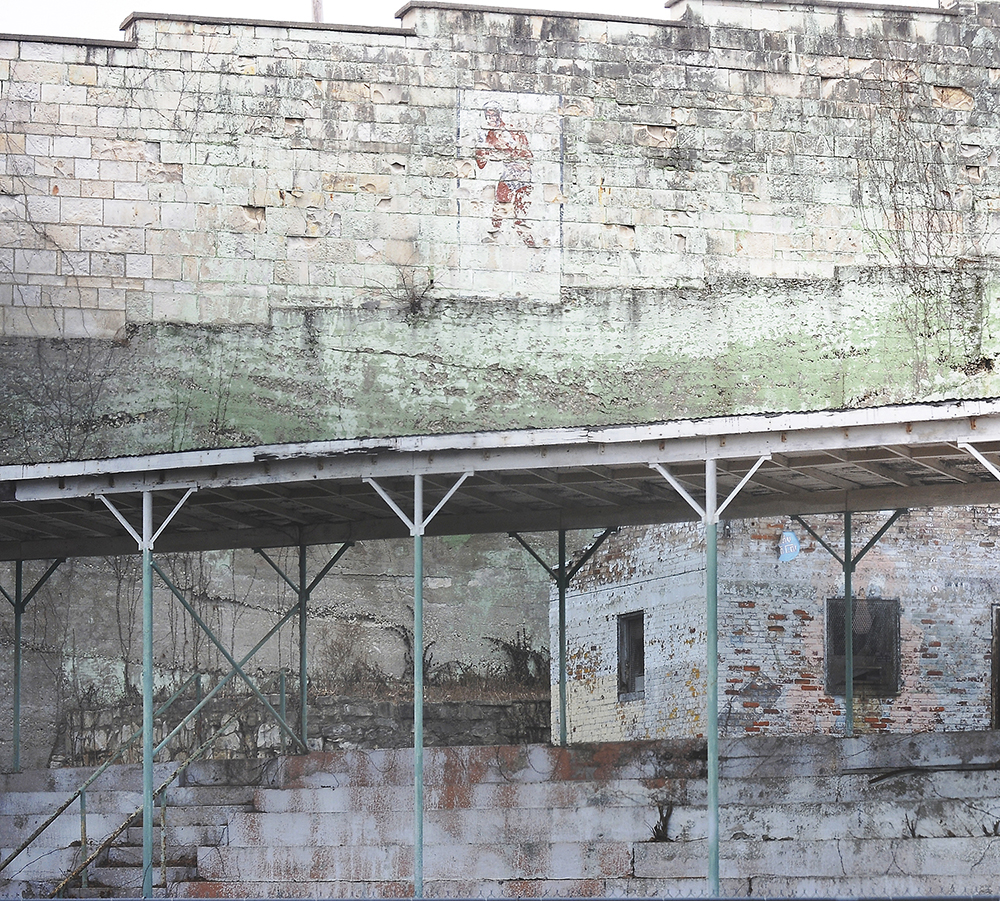
https://www.newstribune.com/news/news/story/2018/jan/23/cvb-approves-msp-lights-project/709997/
A faded mural to Sonny Liston still is evident on the prison walls.
- II A Boxer’s Death– There was also a robust boxing “league” that produced many boxers (out of necessity) including former heavyweight champ Sonny Liston. Perhaps Liston had fought a little with neighbor kids before entering prison, but he learned to box inside these walls….and was arguably the greatest of his day. Much has been said about Liston’s mysterious death. Liston, sadly, fell back into a life of crime after getting beaten twice by Ali, and was widely tied to the mob. However, he died with no bloodshed….they just found him dead. He lived in Las Vegas, dealt drugs, was a bodyguard/bouncer/hitman for the mob, he did drugs…yet he died quietly and with no obvious cause. He was buried with an epitaph on his tombstone that read: Charles “Sonny” Liston 1932-1970 “A man”. One would have expected a blaze of glory or cement shoes…but he just died. Or did he? Dementia, sadly, has many, many ways to kill its opponent as well. Mom fell many times. ending up with bruises and cuts not unlike going toe-to-toe with a boxer. This, sadly, is the story of many folks with dementia. The Sweet 17 ladies whom mom shares a hall with for a couple of years fell constantly as well. But, more often than not, they arose to their feet before the fight was called. However, there are so many silent, nearly mysterious things that kill a patient with dementia, ranging from infection to TIA/mini-strokes to accidents to aspirating food or beverage. Some, sadly, just give up and stop eating. Regardless as to cause, there is no mystery what killed them…and that opponent is still undefeated.
- III Darkness is a common theme– My pictures don’t do it justice…this place was dark. There were rooms that were blackout rooms for punishing residents who broke prison rules that were so dark that they would cause the prisoner to go blind after so many days. (They were typically let out of it just enough to avoid that, but not to avoid the mental harm it caused). Some rooms were a solid door with a small peephole to see out. It was spiritually dark as well, feeling oppressive at times by the spiritual realm. I don’t know how to explain it perfectly…just suffice it to say it gave me the creeps. Darkness is also a facet of dementia, but in a different way. The field of vision with the ability to process information for a patient shrinks and “darkens”, if you will, such that the patient is so focused right in front of them they probably won’t know you are in the room before you accidentally scare them. Things that use to bring joy are neutral or dark at best because of processing malfunction.
- IIII Danger abounds– Prisoners have always been creative in creating weapons. The picture above is a smattering of the thousands of weapons prisoners were caught with over the years. Keep in mind, there were all sorts of production facilities operating inside of the prison by prisoners. They made furniture, metalworks like license plates, and many, many other things, many of which could be fashioned into a weapon. Then, just when you least suspect it, a more innocent-looking prisoner sticks you with a shank. You never knew where the danger was… One example: Our guide mentioned the cage lawyers were required to occupy in a visit always had a typewriter and that many parts of these old-school typing devices were converted into shives. One overlap here with dementia is how caregivers need to be careful judging a book by its cover as well. Early stage dementia often features, if you will, patient paranoia. They think you are stealing or trying to hurt them by giving them meds. They may swing at you…and connect. If you are still at home, you may share the home with one of the 1/3 of all patients with dementia who have access to guns. This combo of paranoia/fear/dementia is a terrible stew that may be extremely dangerous. I consulted with a group that created a website to help address this: LINK . Be careful for your sake and your loved one’s as well. It is a treacherous road…keep your eyes open all of the time.
IIIIRoutine is critical– Few places on Earth is routine more important than in a maximum security prison. Everything, when the place is ran well, is carefully scheduled, monitored, guarded, and choreographed. Opening doors is one of the most careful actions lest someone get out and/or share a shank with your neck. The biggest riot in the facility’s history happened in the 1950’s and many (half?) of the prisoners, fearing punishment and being used to the treatment in the prison, didn’t participate…or stayed behind to see what would happen. Red Redding, of the outstanding prison movie The Shawshank Redemption, said it best when he said “Believe what you want. These walls are funny. First you hate ’em, then you get used to ’em. After long enough, you get so you depend on ’em. That’s “institutionalized.” As bad as the riot was…and it was terrible with many being killed in gruesome fashion, it could have been much worse. Routine is also critical in dementia care. Remember, your loved one’s mind is broken. Their field of vision/comprehension is small and shrinking. They cling to the familiar harder than a snapping turtle clings to your hand. This is truly one of the most devastatingly sad facets of the disease, but it is also something to keep in mind as you try to ease his/her mind. Keep things simple and familiar. Don’t change schedules. Don’t rearrange things that may be being used to cling to. You will find a routine/a schedule that works for a while. Cling to it.
IIIII Escape is always a possibility– One of the most recognizable of the tens of thousands who spent time in this prison was James Earl Ray. Ray was in trouble with the law quite a bit, but when he robbed a Kroger store, the judge threw the book at him, giving him 20 years at the Missouri State Pen. Sadly, he escaped in 1967 by hiding in a large box that held baked good that were being hauled to a neighboring facility. Ray went on to assassinate Dr. Martin Luther King in April 1968. Others had escaped from the prison as well through many different ways. (The walls were unimpressive at best in the early days of the prison especially). Escapes happened. In our little world, “escapes” come in the form of wandering, often dovetailed with another problem: sundowning. Sundowning is the mixing up of day and night and sleep times, a facet of the disease that makes caregiving extremely hard and taxing on the family and the patient. Sadly, it is all too common for a loved one to wander off and be exposed to the elements to the point of harm or even death. This is an extremely taxing issue that makes lockdown units in nursing homes the primary option. Mom would escape from her lockdown unit, though, so even that was no guarantee. Hard stuff…hard stuff indeed.
IIIIII Race factors in, in a terribly sad way– There were around 40 men killed in the gas chamber (pictured here), the majority of whom were African American. Even today the prison systems are disproportionally occupied by people of color in a way that excludes it being mere chance. There are cultural and race-relations issues abounding that are beyond the scope of this blog, but please research this fact and do your part to rectify this imbalance. In dementia, race also factors in a tremendously sad way. According to the 2021 Facts and Figures publication that the Alzheimer’s Association publishes yearly “Older Black Americans are about twice as likely to have Alzheimer’s or other dementias as older Whites. Older Hispanics are about one and one-half times as likely to have Alzheimer’s or other dementias as older Whites.” Healthcare discrimination and distrust of research are sad but true factors influencing these numbers. However, while there are many reasons for these higher numbers, there is no disputing the fact that the disparity exists. We need to do better as a society.
IIIIIII Time wears everything down– This campus of buildings and its contents are wearing down. Some of the cell walls still have writings and other hash marks probably serving as a way to kill time and/or track the days… The tours help fund keeping it in as good of shape as it is, but it is a complex facility. Add to the mix that a surprise tornado came recently and took out walls and rooves and other things and what you have is a mess. It is still an amazing place, but you have to search harder to separate the old from the destroyed. However, the alternative is even more tragic…losing this amazing jewel. Same with dementia. The disease takes its toll and wears everything and everyone down, but the alternative is hard to think of too. Search out the beauty among the less beautiful and the amazement among the tragic…and learn everything you can while you can. That seems to be the moral of the story in both sad cases.

Four of my five…next to the gas chamber with the baseball courtyard behind us.
Can I sum up the day with a couple of statements?:
- It was an outstanding trip! If you have a chance to tour this amazing facility, it is well worth your time.
- It has a tragic past with lots of lingering spiritual and cultural ramifications.
- There is always beauty among the pain, and good among evil.
- Treat everyone as equal because they are.
- Pray for those in prison and do your best to stay out yourself.
- Pray for those who have dementia…and do your best to prevent it in your life and to find a cure.
#EndALZ
Update: Nothing new on mom. I go see her in the morning. Her birthday came and went Sunday. No fanfare, no visits allowed…just a day. Praying her soul will someday soon be freed from the prison that is her broken mind and I pray that she is in peace and comfort and knows we love her as best she can. I will never stop visiting nor will I stop pushing for more visits until this Shawshank Re:Dementia stage is lifted and we can visit unfettered again. Our hearts were super heavy this weekend, missing out on another time with her. 🙁
Lots of amazing graphics and items of interest…
(BTW…for those inclined, they also do multiple types of ghost tours including one overnight. No thanks. Eek…..

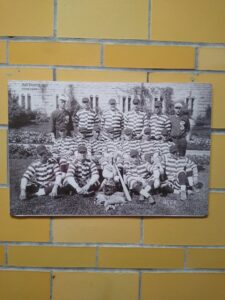
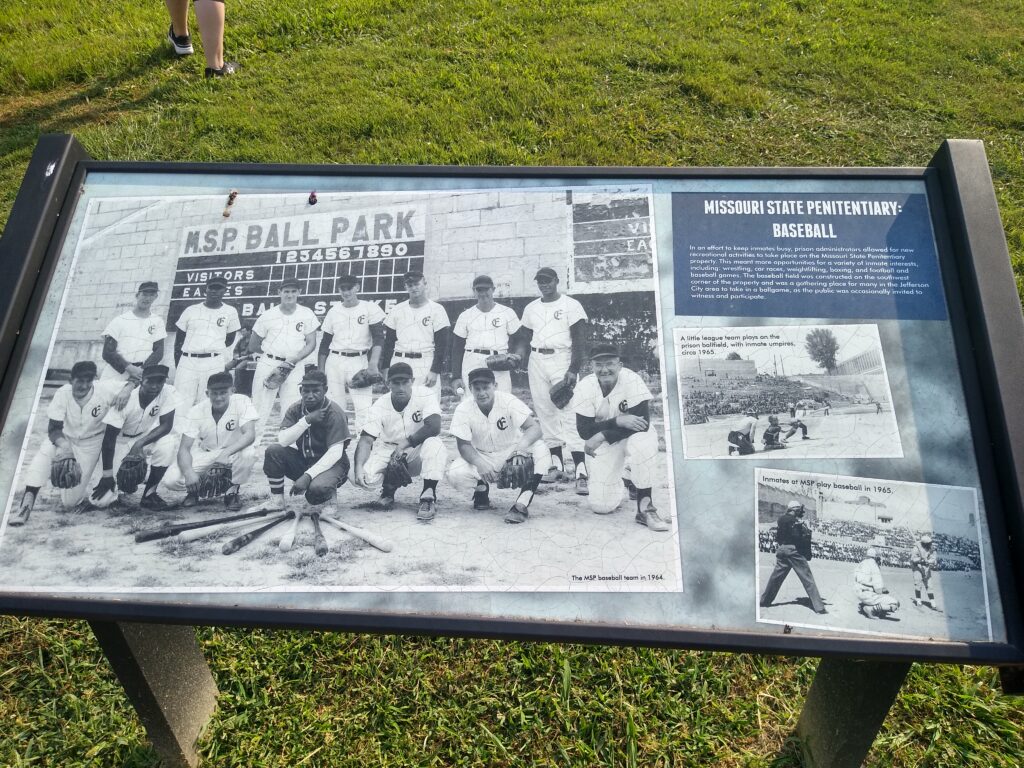

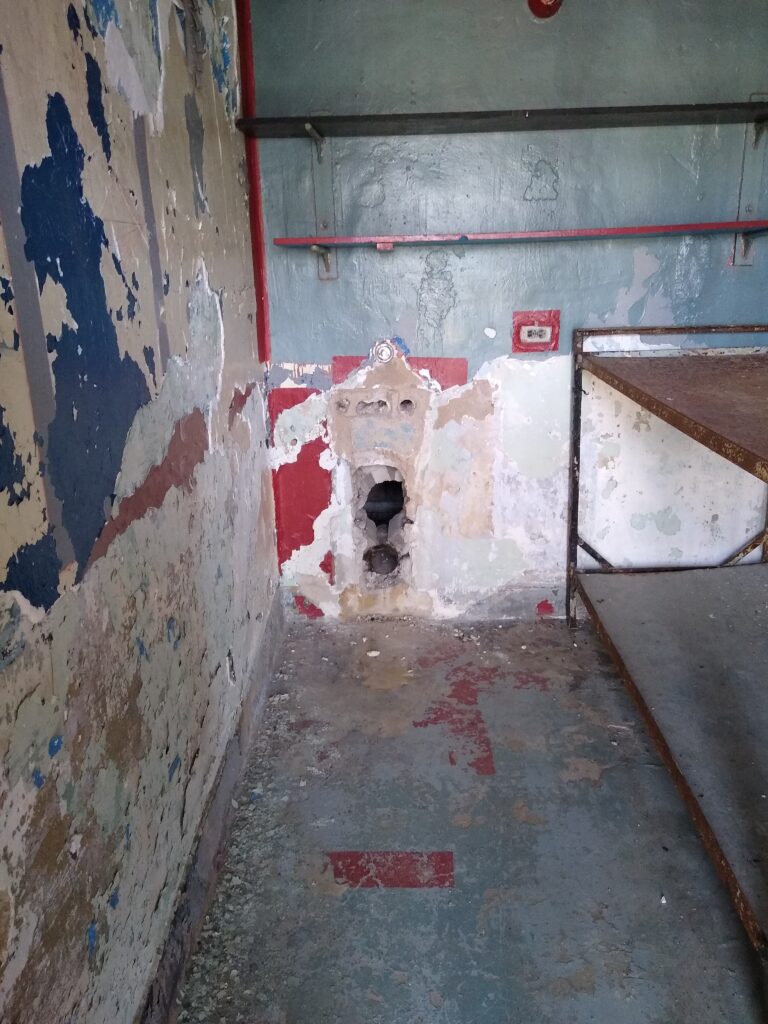
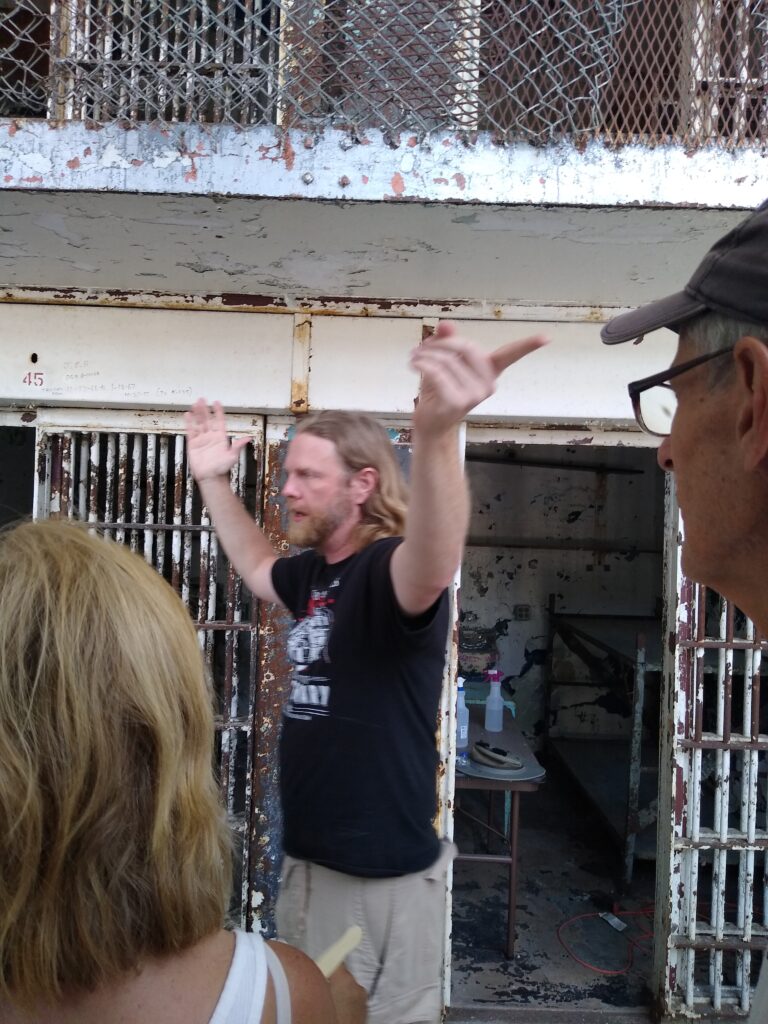
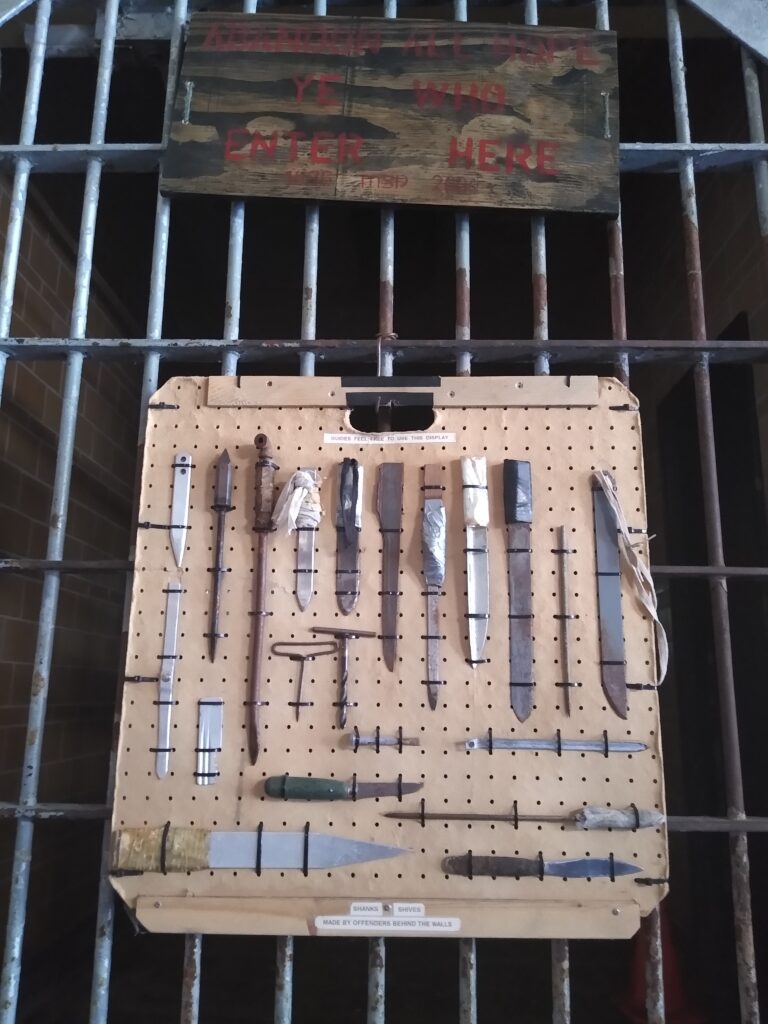
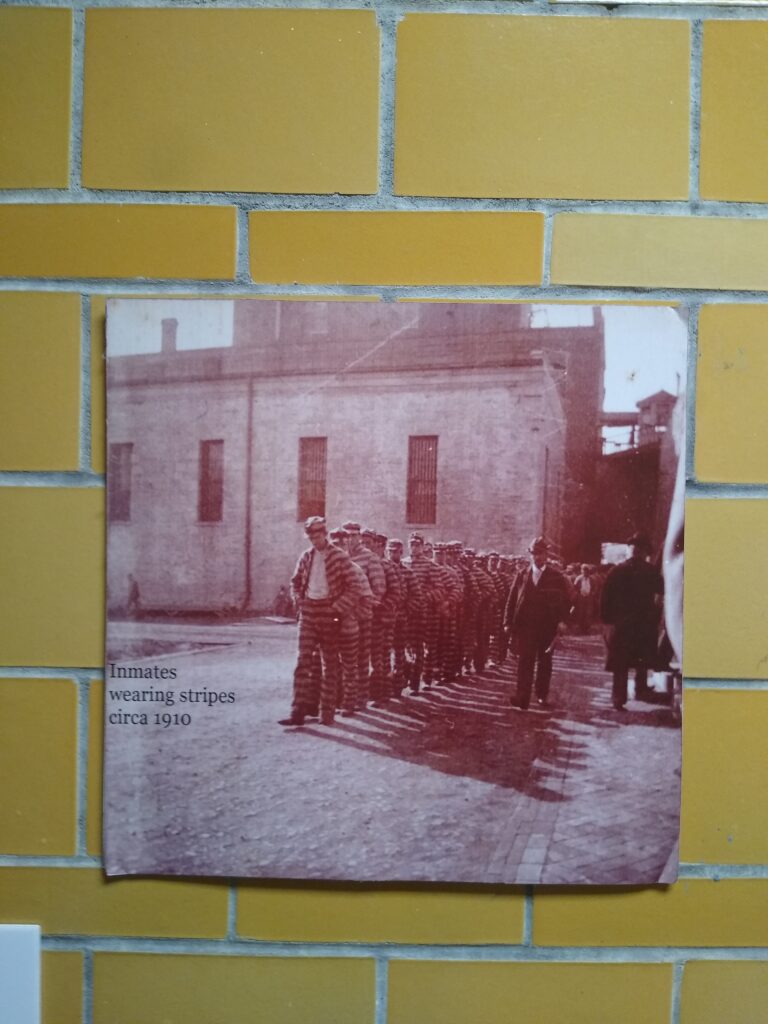
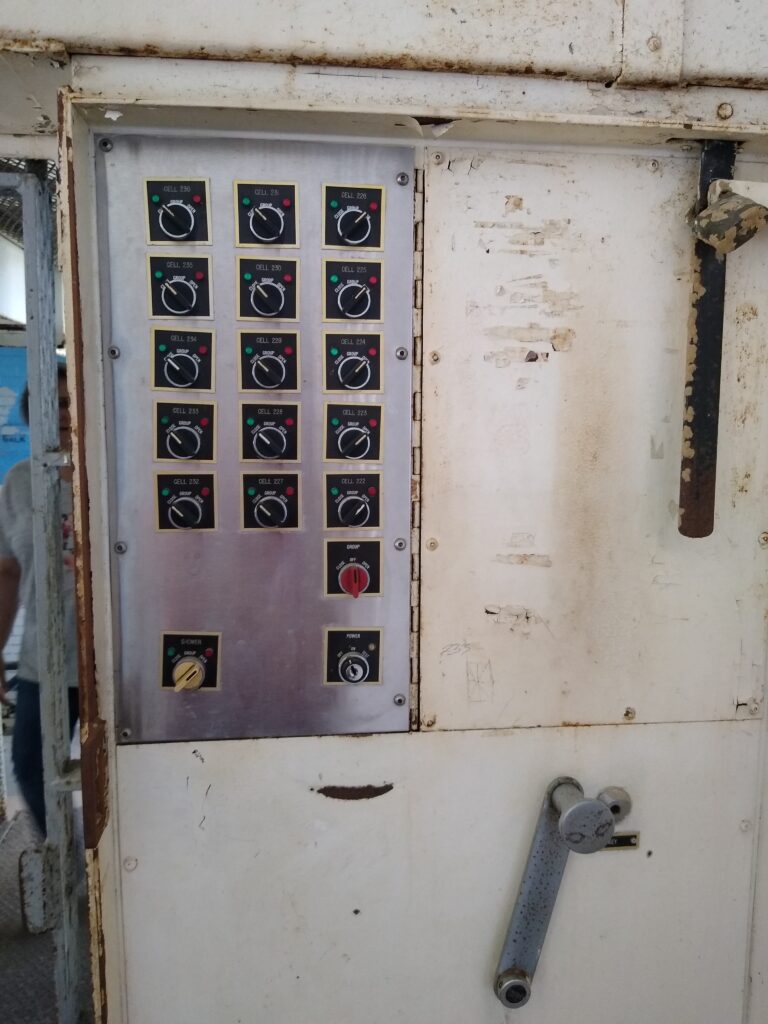
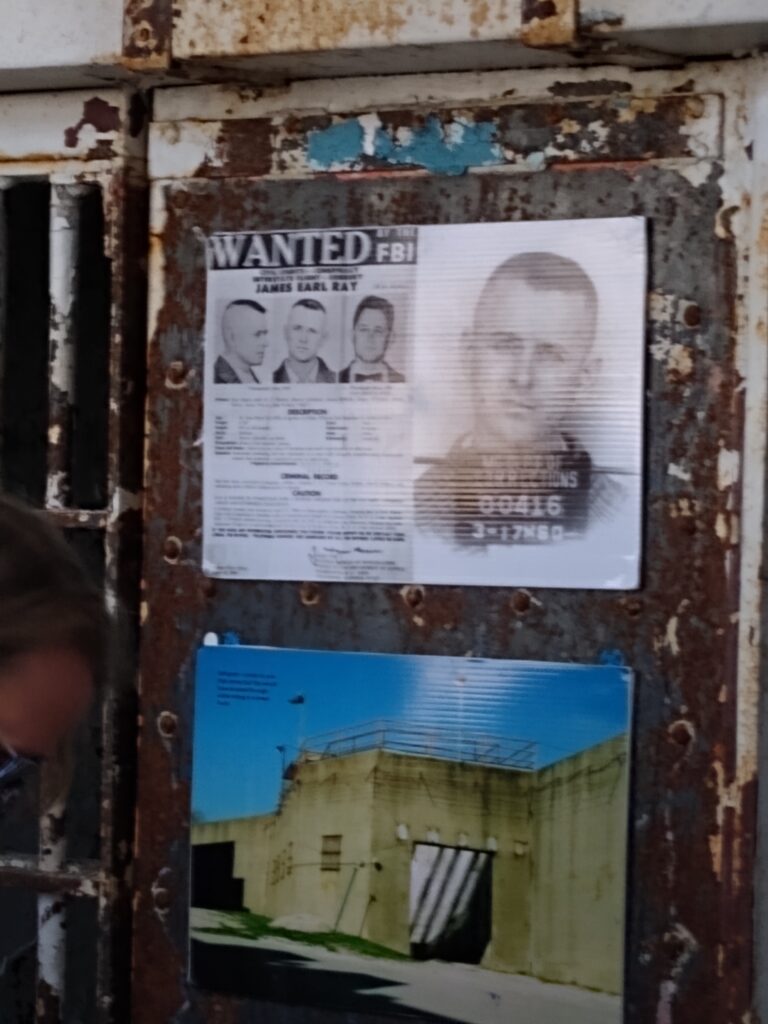
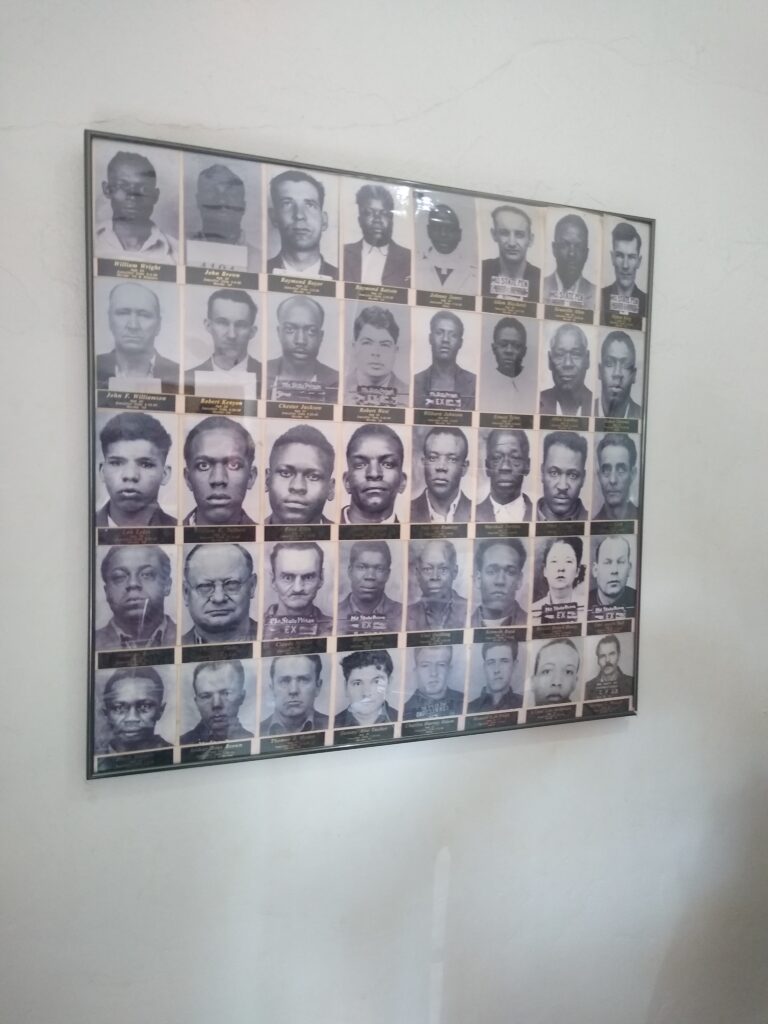

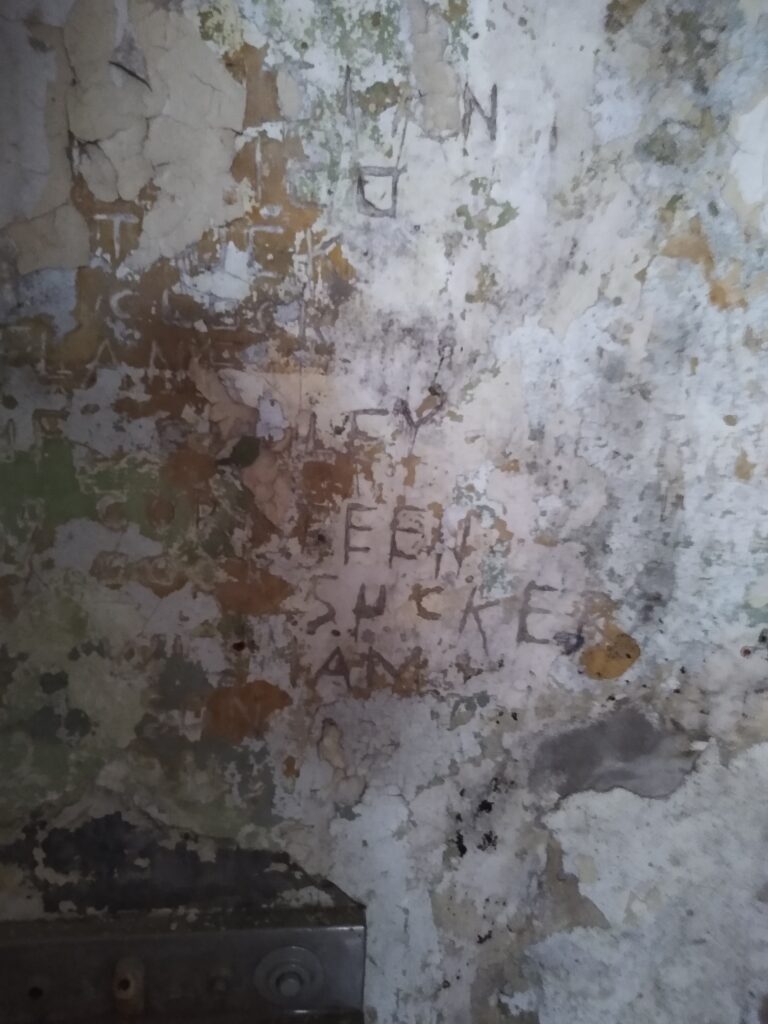


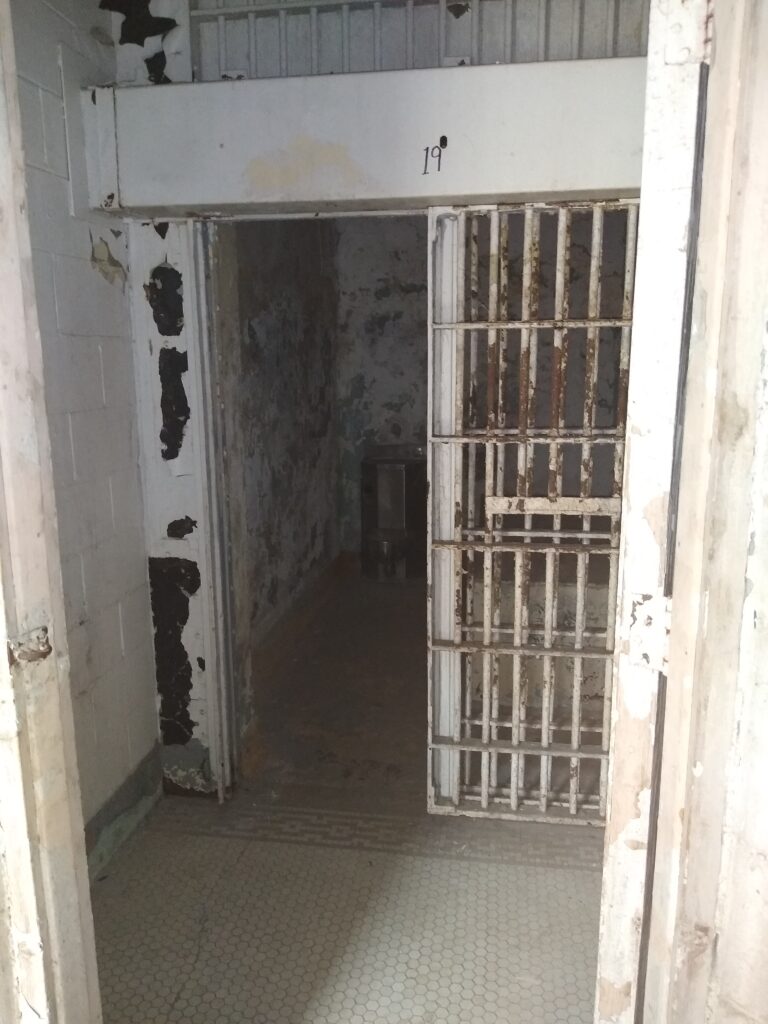
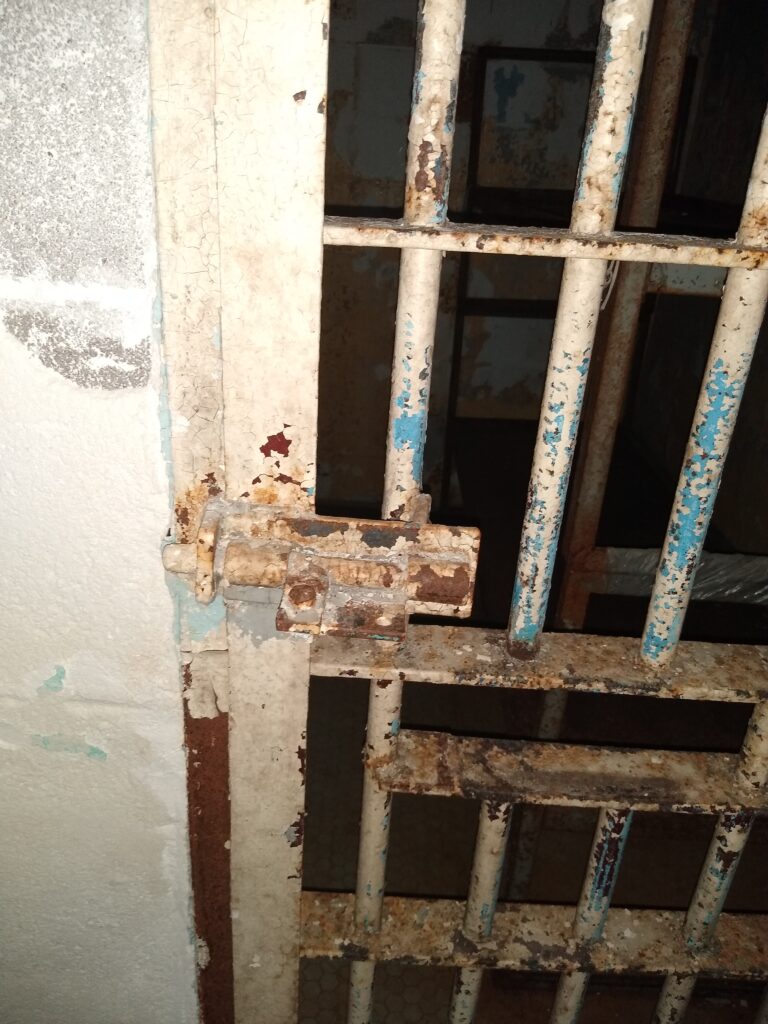
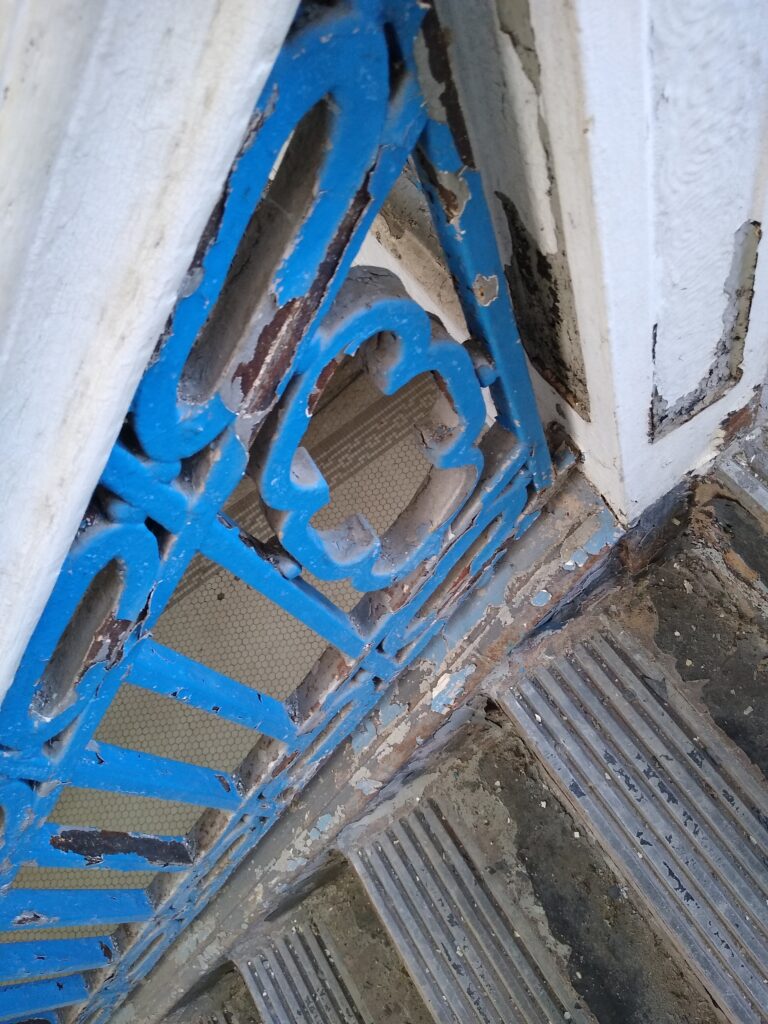
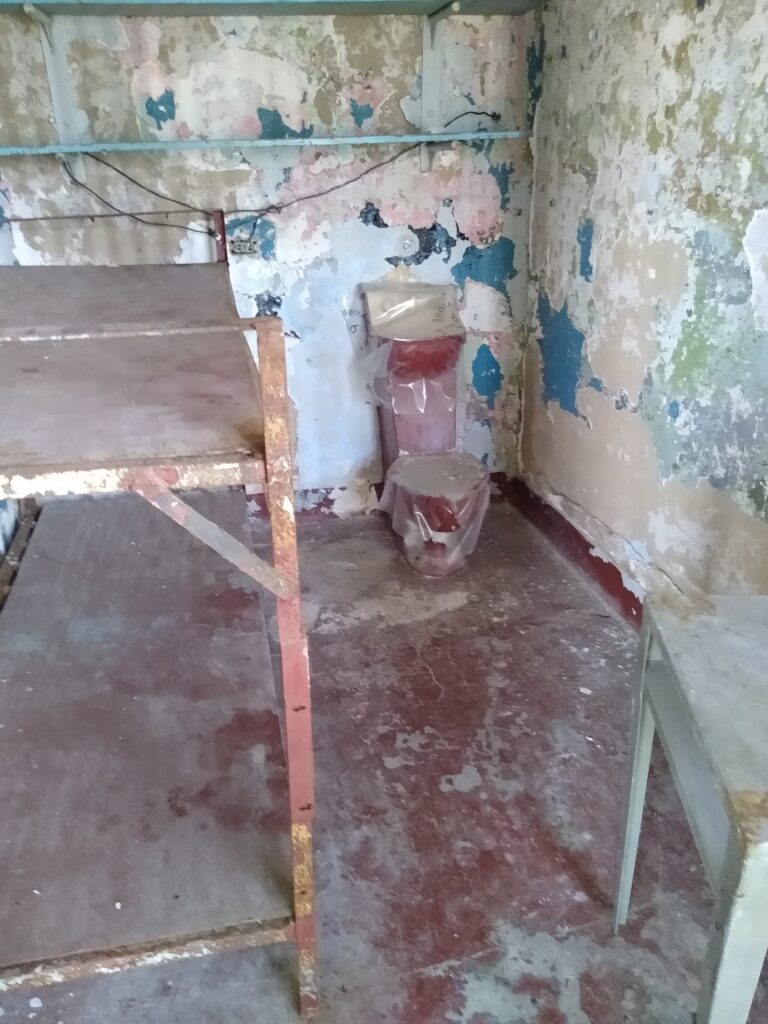
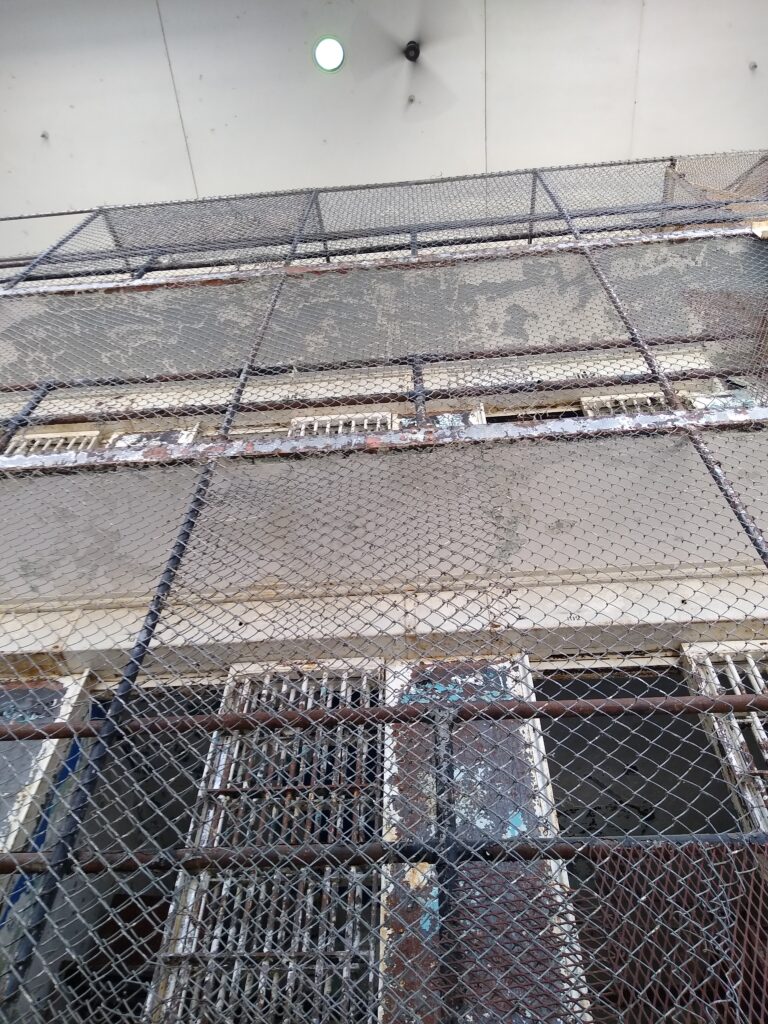

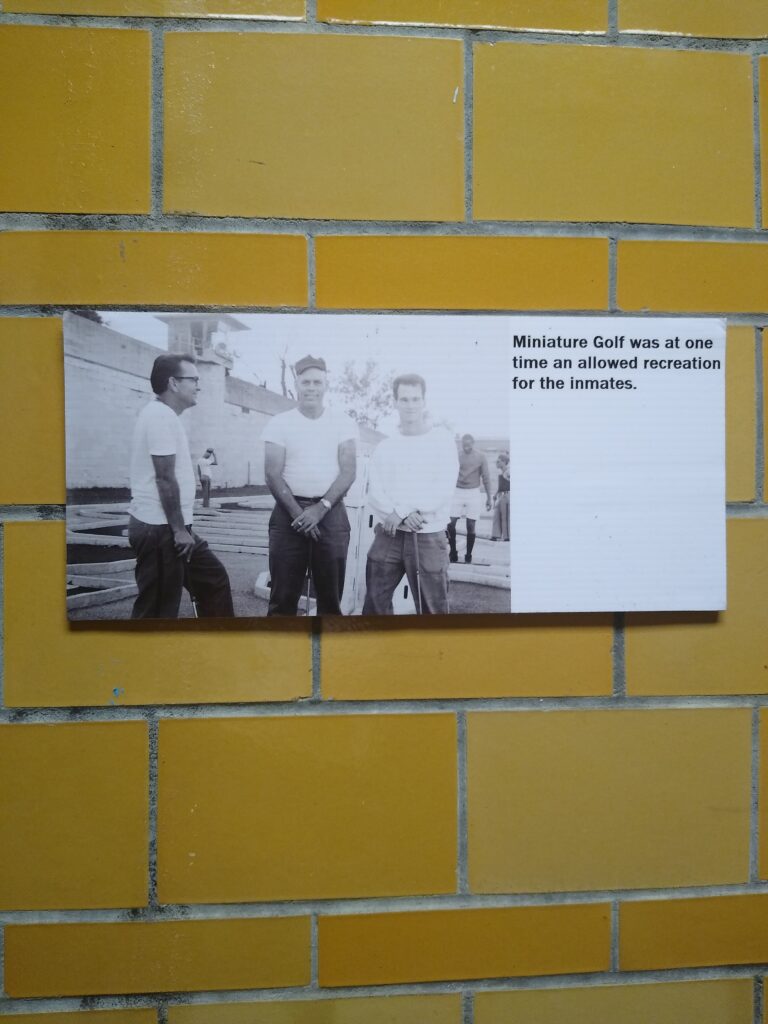

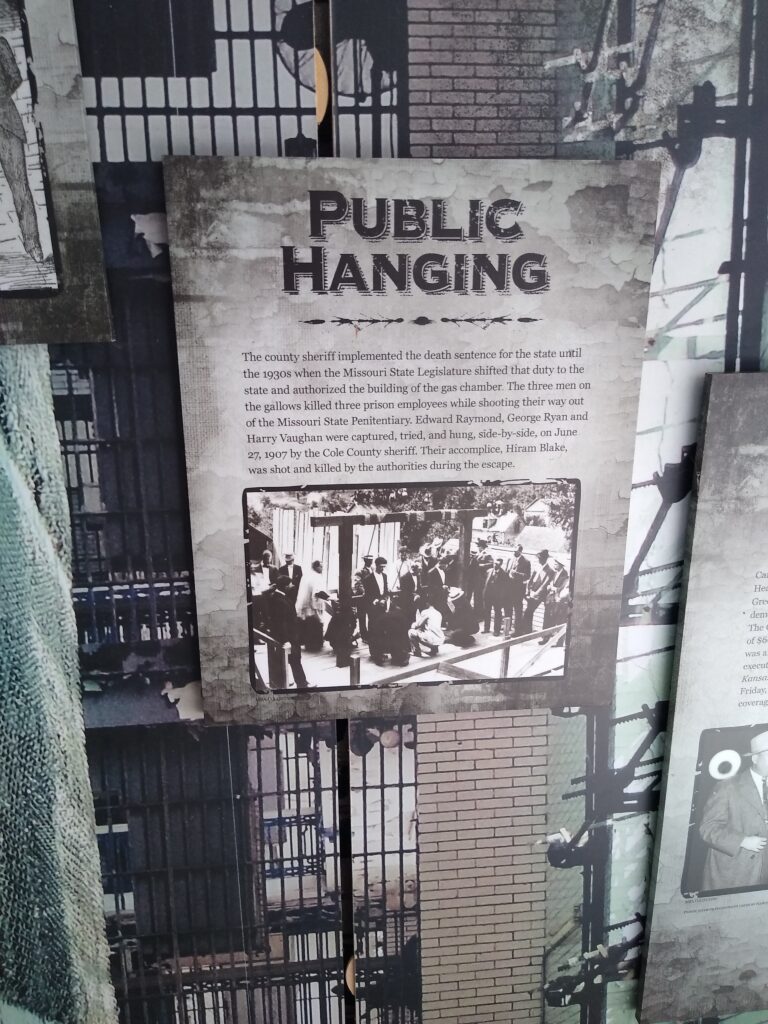
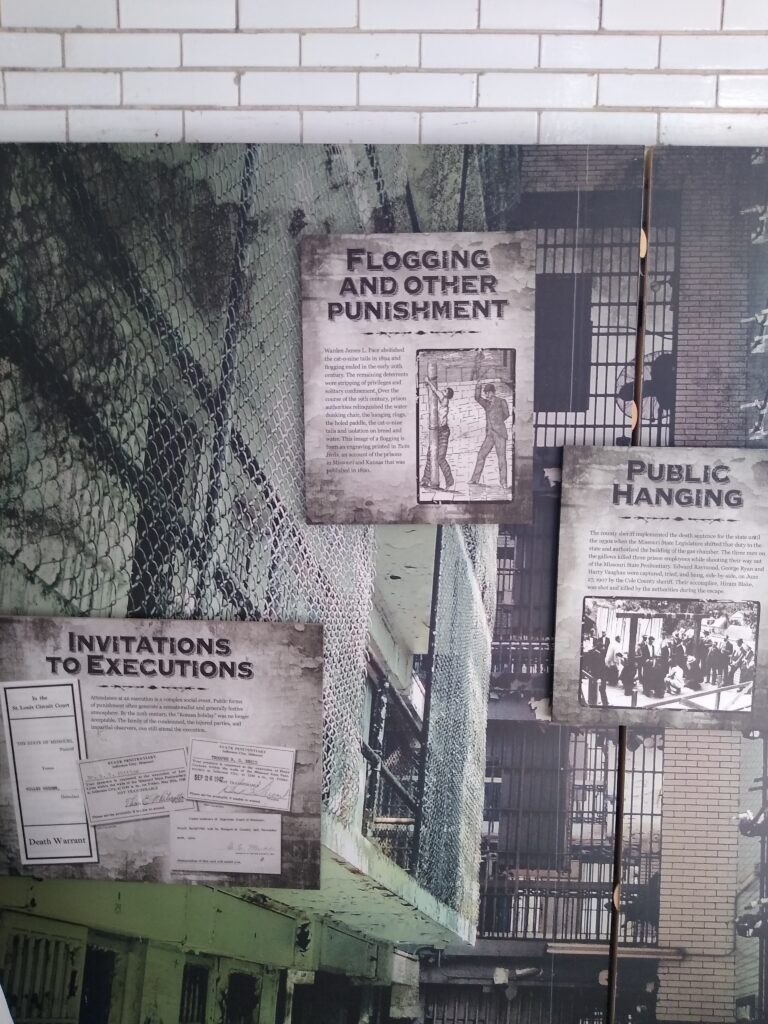

1 thought on “(Semi-)Shawshank Re: Dementia Day 514 (1 Year, 149 days): Hash Marks in Prison”
Comments are closed.